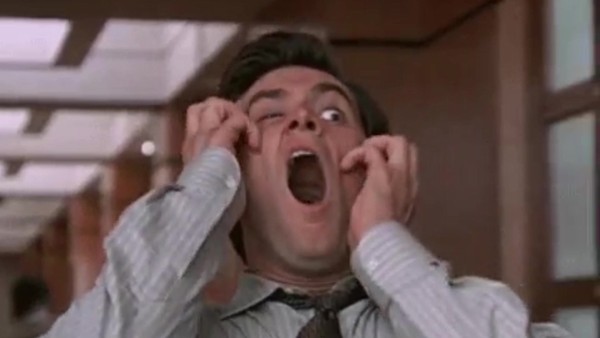Cannes Lions
PowerShare
LEO BURNETT SYDNEY / SAMSUNG / 2019

Overview
Entries
Credits
Overview
Background
We all know that feeling of anxiety we get when our phone is low on battery. Our research also showed that consumers biggest grief with older phones and competitor phones is their low battery life. Which is why the Samsung Galaxy S10 with PowerShare has a battery so powerful, you can share it. Our task was to promote and demonstrate the new feature in a relevant and engaging way.
Idea
People’s biggest peeve with their current phones is poor battery - they feel anxious when their battery is low. So, to promote the PowerShare feature of the Galaxy S10, we created PowerShare Stations - custom built bus shelter ads that used the exact same tech as the Galaxy S10, so people could charge their phones off them, wirelessly.
To drive people to our PowerShare Stations when they needed it most, we created dynamic mobile ads that targeted competitor phones and used battery detecting technology, so we knew the exact battery level of their phone and tailored the message accordingly.
Through geo-targeting, we then gave them directions to their closest PowerShare Stations, which we placed in CBDs all over Australia so commuters could get a boost after a draining day and relieve their low battery blues. And in the spirit of sharing, we didn't mind if they didn't have a Samsung.
Strategy
The strategy was to target competitor phone users when they needed it most, by offering relief to their low battery anxiety with our PowerShare Stations, courtesy of the Samsung S10 – the phone with a battery so powerful you can share it.
We did this with battery detecting technology mobile ads and proximity special build bus shelter outdoor, placed in the CBD (and near Apple stores), just when our target needed a charge -on their commute home.
Our messaging strategy on the mobile banners emphasised the anxiety we feel with a low battery, and emphasised how the Samsung S10 is happy to share their powerful battery with them, even if you don’t own a Samsung phone.
The Call to Action was a GPS activated map that showed them the exact walking distance and location of their closest PowerShare Station, so they could be guided to there to get a charge.
Execution
30 PowerShare Stations at bus shelter outdoor across 3 main Australian cities, many of which were in close proximity to Apple stores, our main competitor.
Dynamic mobile ads that used device detecting technology to know how much battery the target had left and used GPS proximity and maps to guide them to the closest PowerShare Station to recharge.
The campaign ran for 12 days.
Outcome
4,500 Australians had their phones charged and were relieved of the low battery anxiety.
Similar Campaigns
12 items






